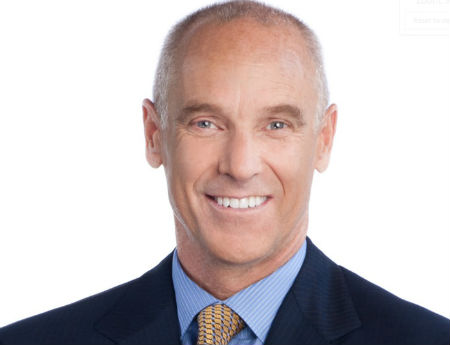Smit: Comcast Hasn’t Seen an OTT Model ‘That Really Hunts’

There are no barriers that would prevent Comcast from building and deploying its own OTT-TV service, but the MSO remains unconvinced that the model strikes the right business chord, Neil Smit, president and CEO of Comcast Cable, said Wednesday on the company’s first quarter earnings call.
Smit was responding to an analyst question about a set of new OTT services coming later this year from AT&T, including “DirecTV Now,” a service that aims to largely replicate the traditional DirecTV pay TV offering.
“There’s no reason we couldn’t do something very similar from a technology perspective or a rights perspective,” Smit said. “We would just have to go get the rights to deploy the product.”
But Smit, who said last year that Comcast is “comfortable” operating in its own footprint as it expands the reach of its next-gen X1 platform, also cast doubts that going OTT is the right approach.
“We, thus far, haven't seen an OTT model that really hunts,” he said. “But we'll continue to stay tuned into the market and be prepared to respond accordingly."
Thanks to X1, Comcast continues to make progress on the video front, as it added 53,000 video subs in Q1 2016.
Comcast said nearly 35% of its 22.4 million video subs are now on X1, and that it added 1.1 million X1 subs to the mix in Q1, a 53% increase on net adds versus the year-ago quarter.
The smarter way to stay on top of the multichannel video marketplace. Sign up below.
Comcast SVP and CFO Michael Cavanagh said 86% of X1 subs are watching Xfinity on Demand monthly, and are viewing 25 hours per month on average. “We believe [X1] is a real competitive differentiator,” he said.
He also said 42% of video subs are using Comcast’s TV Everywhere app monthly, and are viewing about seven hours per month on the authenticated platform. “We think this adds great utility to our video service.”
The discussion also turned to the FCC’s proposed set-top box rules, with Comcast reiterating its opinion that it believes a market-driven, apps-based economy is better than another government mandate.
Last week, Comcast launched the Xfinity TV Partner Program, which will enable retail CE partners to offer an app that delivers the MSO’s full suite of pay TV services. Samsung is the first TV maker on board, and Roku is set to offer the Xfinity TV app on its streaming platform.
“Set-top boxes will continue to be part of our ecosystem, as will apps,” he said.
Smit also took exception to the FCC’s skeptical reaction to the program, saying he thought it was “uncalled for.”
“I thought their reaction was unnecessary…I think we are working hard with our partners,” he said, noting that more than 40 companies have called Comcast to sign up since the program was introduced.
Smit also downplayed the competitive threat posed by 5G, which is sometimes viewed as a technology that could serve as a complement or replacement to wireline-based broadband services.
“5G is an exciting new platform,” he said, but noted that it’s still “early days” for the technology and that its propagation distance and ability to pass through objects like trees and buildings leave something to be desired.
Still, Comcast, he said, is “well positioned” because it can help out with other elements required for 5G deployments, including space, power and backhaul.
